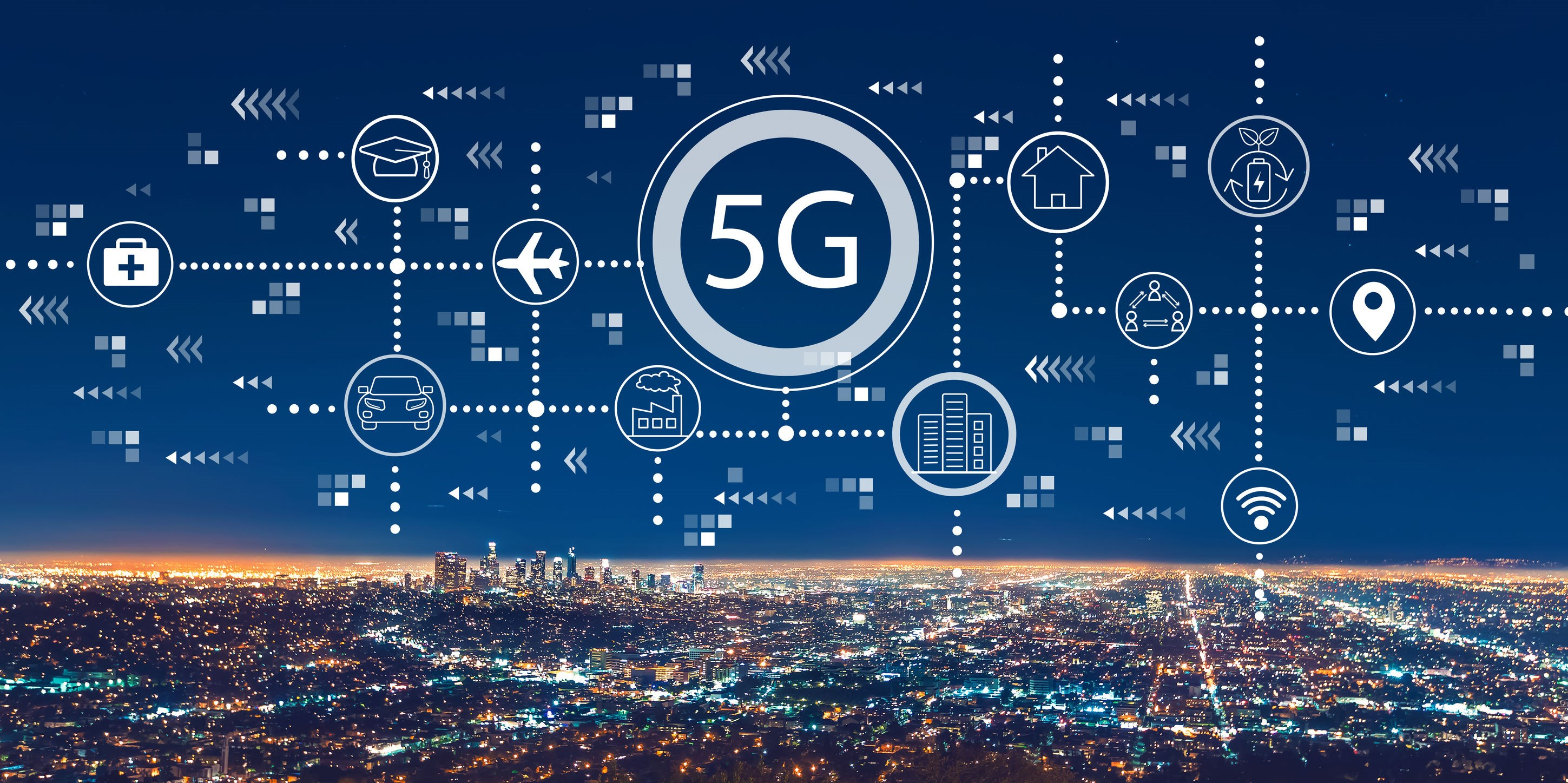What is 5G Mobile Network and How Does it Work?
5G, or fifth generation, is the latest mobile network technology that offers faster speeds, lower latency, and greater capacity than previous generations. It is designed to support the growing demand for mobile data and the increasing number of connected devices. In this article, we will take a closer look at what 5G is and how it works.
5G networks are based on the 5G New Radio (5G NR) standard, which was developed by the 3rd Generation Partnership Project (3GPP). The standard aims to provide faster speeds, lower latency, and improved capacity compared to 4G networks. 5G networks use a higher frequency band, known as millimeter-wave (mmWave), to achieve these goals. The mmWave band is a part of the electromagnetic spectrum that lies between 30GHz and 300GHz.
One of the key features of 5G is its ability to provide faster speeds than 4G. 5G networks are capable of providing download speeds up to 20Gbps, which is around 100 times faster than 4G. This means that users can download large files, stream high-definition video, and play online games with minimal lag.
Another important feature of 5G is its low latency. Latency refers to the time it takes for a device to send a request and receive a response. 5G networks have a latency of around 1ms, which is much lower than 4G networks, which typically have a latency of around 50ms. This low latency is crucial for applications that require real-time interactions, such as self-driving cars, remote surgery, and advanced manufacturing.
5G networks also have a greater capacity compared to 4G networks. This means that more devices can connect to the network at the same time, without experiencing congestion. This increased capacity is crucial for supporting the growing number of connected devices, such as smartphones, tablets, and smart home devices.
5G networks use a different architecture than 4G networks. They use a combination of small cells and a centralized cloud-based architecture to provide coverage. Small cells are low-power base stations that are deployed in a densely populated area to provide coverage. The centralized cloud-based architecture is used to manage and process data, allowing for more efficient use of network resources.
In conclusion, 5G is the latest mobile network technology that offers faster speeds, lower latency, and greater capacity compared to previous generations. It is designed to support the growing demand for mobile data and the increasing number of connected devices. 5G networks use a higher frequency band and a different architecture to achieve these goals. With the advent of 5G, we can expect to see even more advanced applications and services that will change the way we live and work. However, it's worth noting that not all regions have access to 5G yet and it is still in the process of rolling out.





